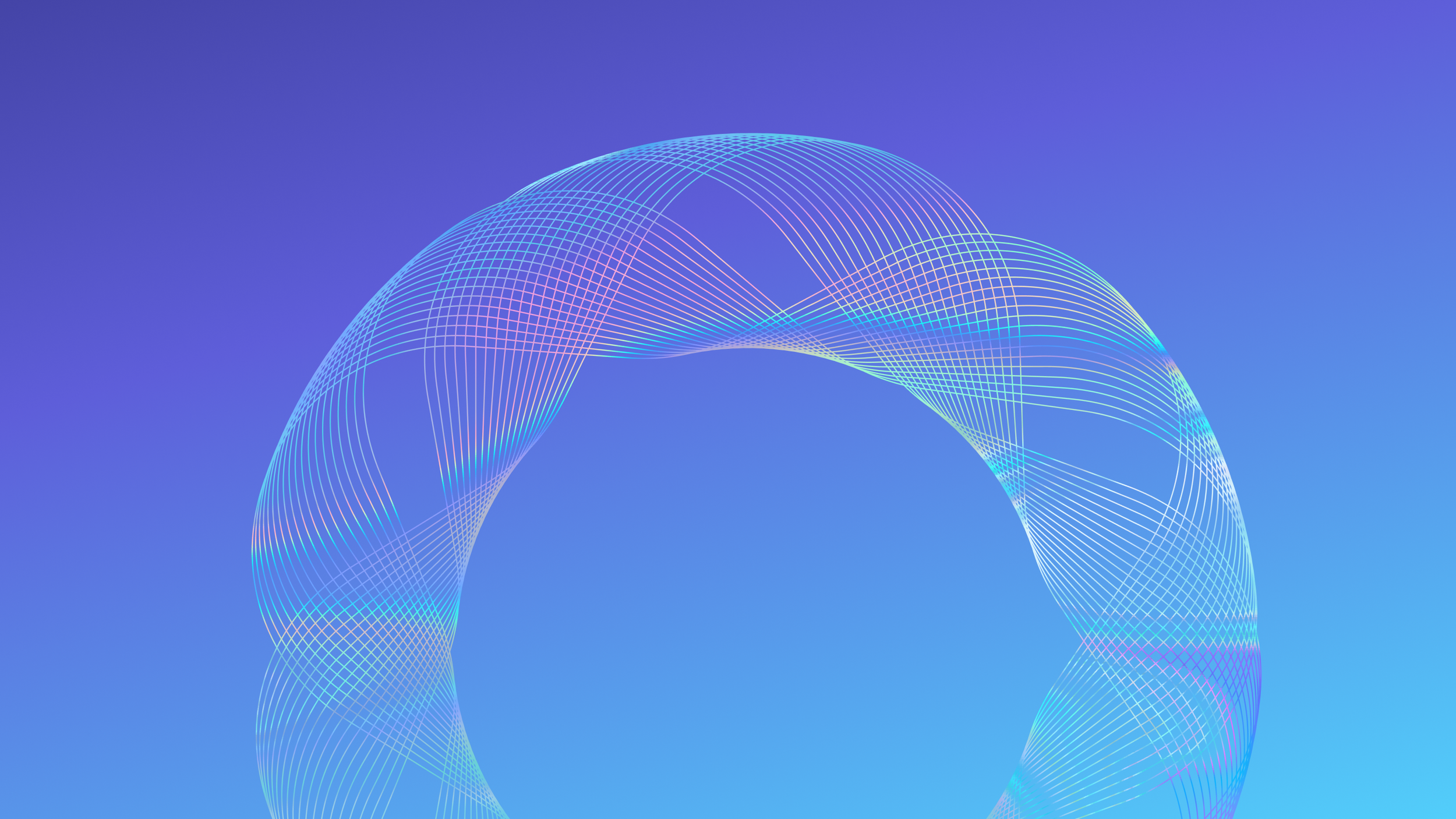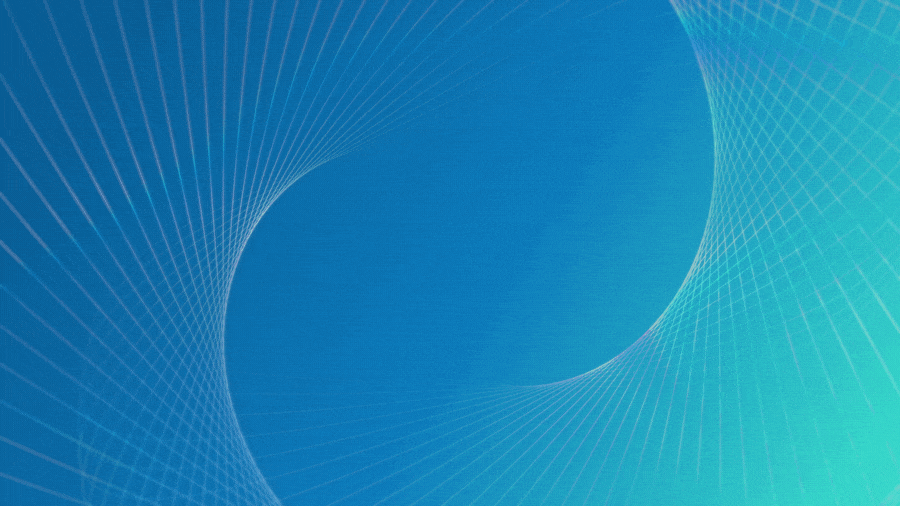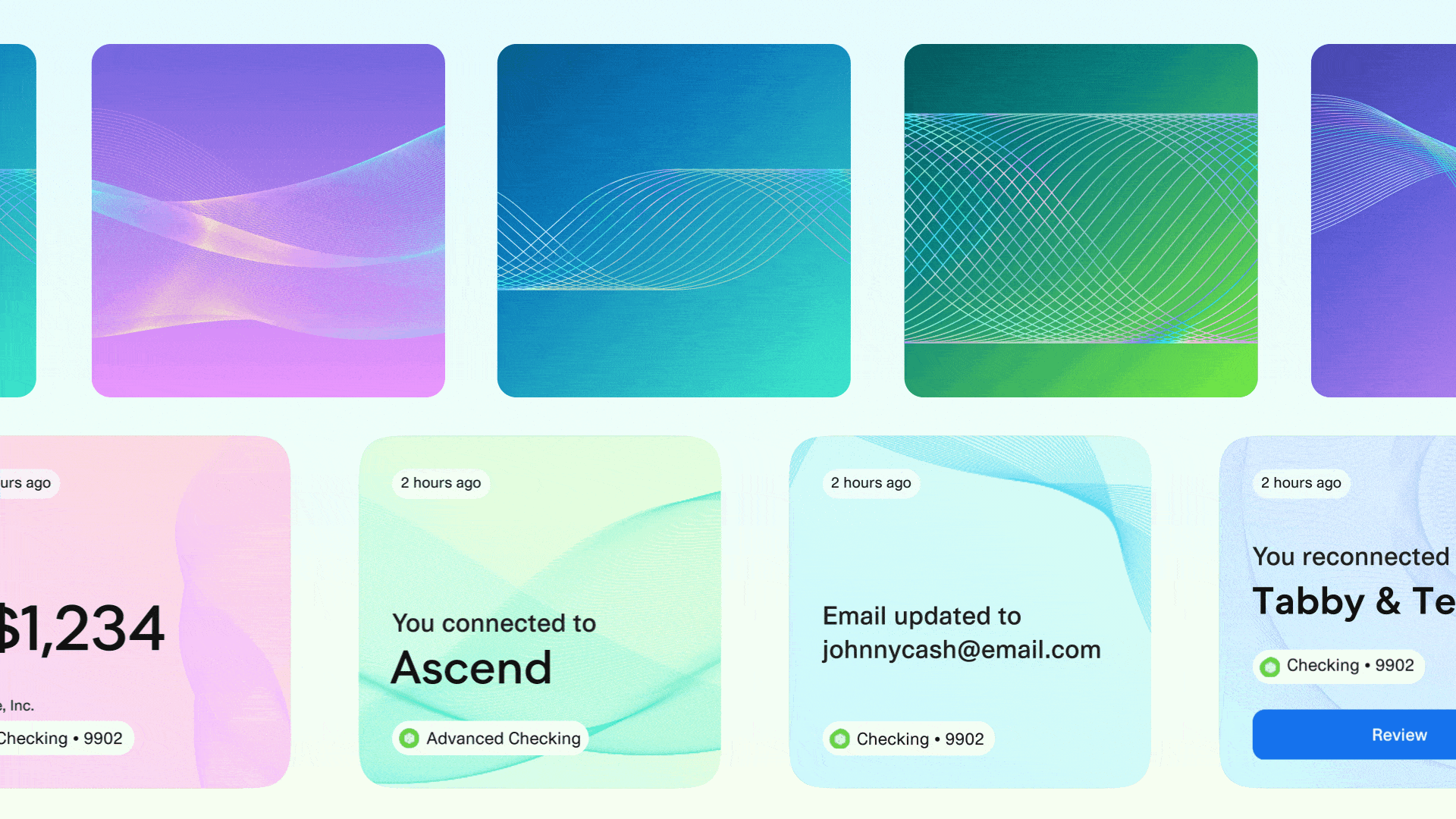Plaid Illustration
Familiar faces with a modern twist
How we drew inspiration from the unexpected
-
Plaid’s illustration style was outdated, leveraging a highly scalable system of characters popular in tech in the 2010s. As a result, the brand was indistinguishable from existing brands in the space.
-
As a pioneer in finance, Plaid had the opportunity to rediscover what money looks like in the modern era.
-
A new illustration system that honors the legacy of the financial system—remixing it for the digital age.
-
Creative Director (Project Lead)
-
Amy Wong (Art Direction), Tatiana Trikoz (Illustration)
PATTERNS:
THE THREADS OF FINANCE
When is the last time you studied, really studied, a piece of paper currency? There is actually a lot of beauty in a dollar bill. Intricate guilloche patterns, shimmering holograms, and detailed illustrations make up the fabric of the currency design system, something that has been replicated and remastered across the world for hundreds of years.
I had the privilege of visiting the Money Museum on a trip to Portugal. What struck me was how careful and meticulous the art of money really is. Complex linework meets layers and layers of detailed portraiture. It’s an art style you don’t see used in many places, especially in branding. And when it is leveraged, it often comes across as stuffy and old rather than elegant and beautiful. What a shame. After all, the techniques employed to develop the art of currency were cutting edge at the time.
For Plaid’s brand, we wanted to capture the feeling that currency was meant to evoke. Not just trust and stability, but innovation and progress. We started with “guilloche” pattern work, a repetitive linework technique used in virtually all forms of currency. This graphic structure, when done right, is difficult to replicate with precision through traditional printmaking, which ensured currency makers an additional level of security against counterfeit replicates.. However, in the new digital age, these patterns can take on a life of their own.






Plaid’s guilloche library is immersive and dynamic, just like the Plaid network. It’s no coincidence that many of the patterns look and feel like fabric. We created guilloche patterns that rippled and bent, flattened and linked, expanded and contracted. The idea was to create patterns that represented various aspects of our network. Security. Progress. Fluidity. Infinite expansiveness.
Unlike traditional guilloche, our patterns come to life. They shimmer like holographic strips. The guide our users through flows. They frame, they elevate, they interact. We procedurally generate these and continue to add to our library every day. At Plaid, we want to reinvent the technique over and over again so that no pattern looks the same way twice.
ILLUSTRATION:
THE FACES OF FINANCE
Clarity. Consistency. Connection. These words form the bedrock of a good illustration system. Illustration should be utilitarian, efficient, and easy to understand. Right? Isn’t branding just that simple.
Our old illustration system (2019) leveraged a popular technique in tech at the time—simple, geometric figures that were lightweight, portable, and generic.
Not quite. For a long time, we relied on geometric illustrations for our design system, a technique used across many start-ups and tech companies today. They were simple wayfinding tools, colorful scenes, or use cases featuring faceless characters engaged in benign financial tasks. They performed well. By 2025, they didn’t reflect who we were as a company. They weren’t memorable, or daring. They lacked character.
Close-up of a woodcut illustration on a Portuguese bank note, Money Museum (2024)
If we were going to reinvent money, we needed to find a more ownable style, something that captured the personality of Plaid’s brand. Something that easily communicated what we do. We were pioneers, money makers, a group of rebels looking to reinvent an age-old system. Turns out, the best way to communicate that message was right under our noses—on every piece of paper currency found around the world.
Woodblock printing has been used for centuries to make paper currency. Today, refined steel plates are often used to transfer illustrations to modern bank notes with even greater detail.
Woodblock illustration techniques were used for paper currency as far back as the Tang Dynasty China (7th–10th century), when the invention of both paper money and woodblock printing converged. Since then, this method has allowed for efficient mass production of standardized notes, setting the foundation for paper money worldwide.
This was exactly what we needed: a way to look back that also looked forward. We would reclaim a style owned by the same centuries-old system we were seeking to change. But if we were going to do it, we needed to do it right. However, we quickly discovered there’s a reason we didn’t see this style represented in a lot of brands—it’s hard! Rebuilding it would be tedious, meticulous, and painstaking work.
Thankfully, we set our sights on the global stage, discovering an illustrator in Eastern Europe who specialized in woodcut etching. We worked closely with Tatiana Trikoz to create bespoke illustrations for Plaid’s brand based on famous figures from paper currency. This time, we introduced technology into the picture—a visual metaphor for Plaid’s role in pioneering a new wave of digital finance.
Ben Franklin banks on his phone. Abe Lincoln builds and budgets on his laptop. Jane Austen implements some code on her new tablet. One of our key brand principles is to take our work seriously, but not ourselves. What better way to do that than reinvent age old styles with a little bit of flair?
As our industry grows, so does the way money looks and feels. Paying tribute to the illustration style that has existed in money for so long gave us permission to tweak it just enough for the modern age. It’s a style we don’t see used enough—relegated to more formal bank brands and institutions with legacy. However, by bringing it into our brand, we hoped to reclaim it for a new generation of money makers.
Today, we continue to add more illustrations to our library, but slowly, since these are made by hand. As we do, we’re looking at figures across currency that haven’t been shown the proper spotlight. Historic women, people of color, pioneers, innovators, and countless trailblazers who are equally responsible for building a new, daring financial system Plaid powers today. As we continue to shape the future of finance, we hope our illustrations better reflect the world we live in today. And if not…well, I guess we better start drawing more!





























